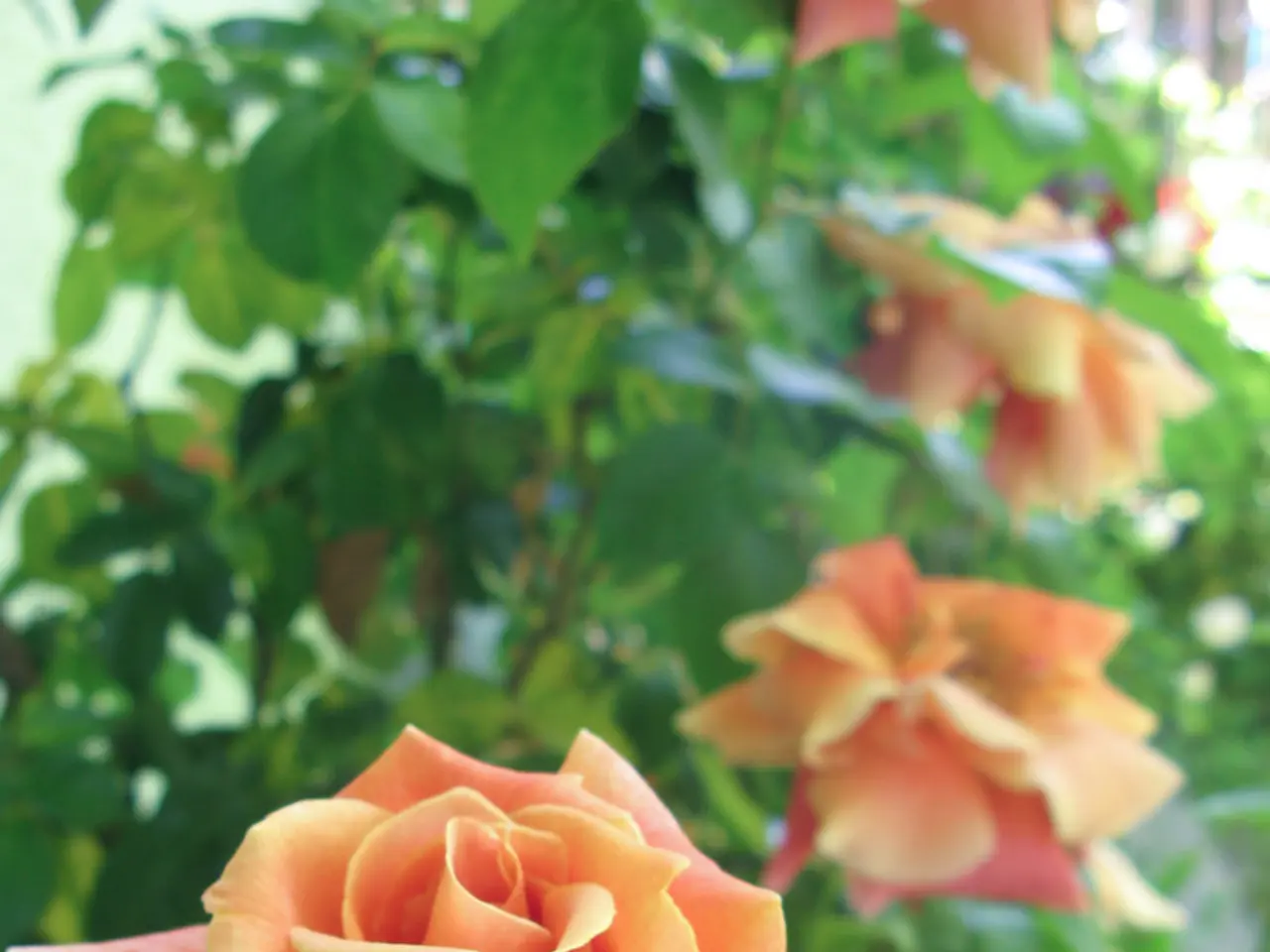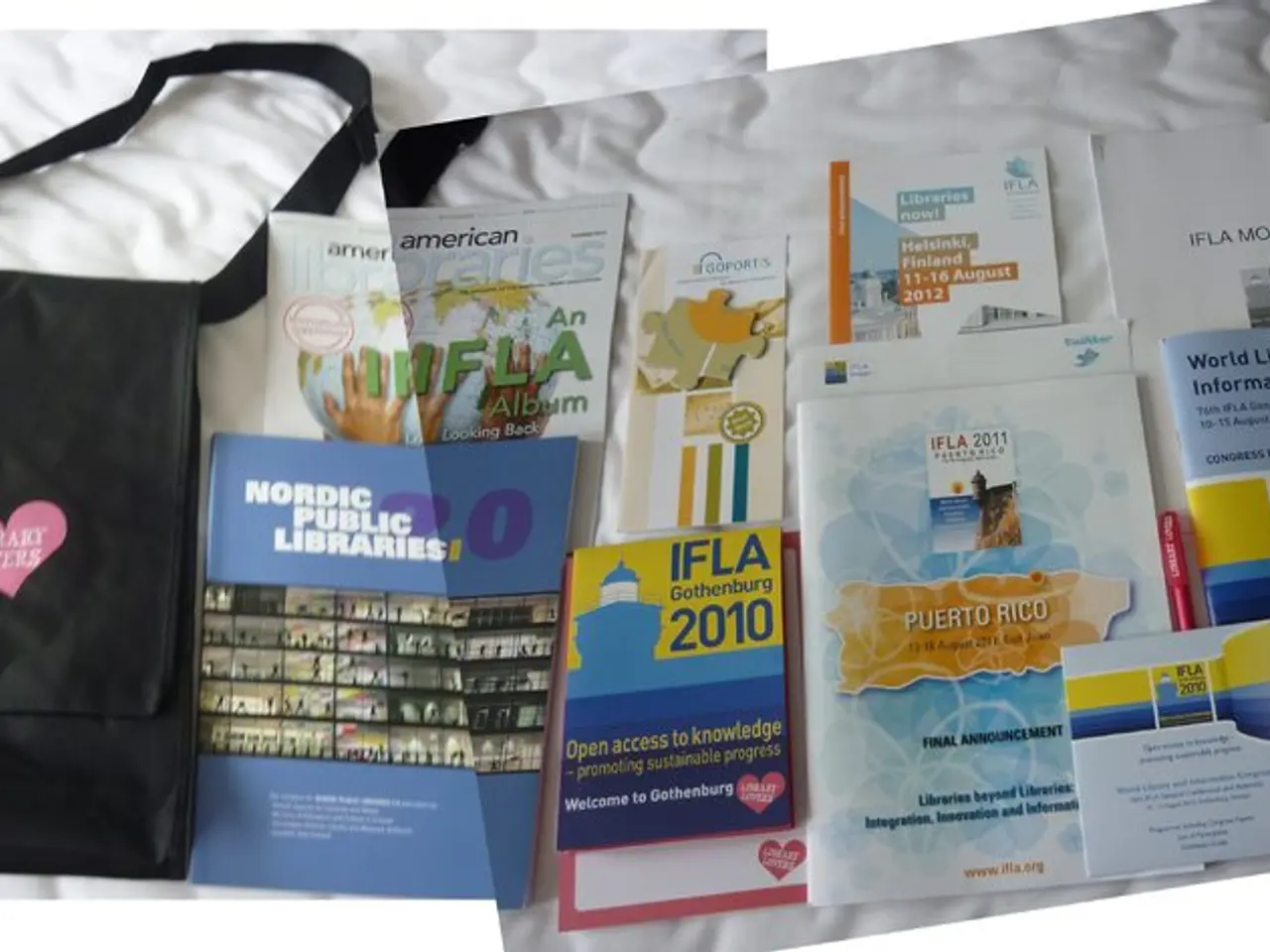Feeding Roses in Hot Weather: A Necessary or Futile Endeavor?
**Hot Weather Challenges for Container Roses and Summer Feeding Best Practices**
As the summer heat intensifies, container roses face additional challenges that require gardeners to adjust their feeding approaches. The rapid drying of soil, fluctuating temperatures, and nutrient leaching pose unique problems for these popular blooms.
To ensure the continued health and vitality of container roses during hot weather, gardeners should follow a few essential best practices.
**Adjust Fertilization Timing and Dosage**
Avoid heavy feeding during peak extreme heat, as roses can enter a temporary "heat hibernation," slowing or stopping growth and flowering. Instead, apply fertilizer sparingly and during cooler parts of the day or season to prevent overstimulation of growth that the plant may not be able to support in stressful conditions.
**Maintain Consistent and Deep Watering**
Since nutrient uptake depends heavily on adequate water availability, deep soaking with mulch to retain moisture reduces heat stress and supports steady nutrition absorption. Mulching also cools the root zone and conserves soil moisture, helping roses maintain a healthy balance during the summer months.
**Use Balanced, Slow-Release Fertilizers**
Slow-release organic fertilizers are less likely to burn plants during heat stress and are recommended for hot weather application. These formulations ensure nutrients become available gradually, reducing the risk of fertilizer burn and supporting sustained growth without overwhelming the plant during heat.
**Monitor Plant Response and Adjust Accordingly**
Roses may reduce flowering under heat stress and resume growth when temperatures moderate, so feeding should complement this natural cycle by focusing on maintenance during peak heat and boosting nutrition as conditions improve.
**Other Summer Rose Care Tips**
- Always water thoroughly before applying any fertilizer during hot weather to dilute the fertilizer solution as it enters the soil and reduce the concentration around sensitive roots. - Deep, infrequent watering that reaches 18 to 24 inches into the soil encourages deeper root development and better nutrient absorption. - In summer, rose care shifts toward formulations with higher phosphorus and potassium to encourage flowering and help plants withstand heat stress. - A 2 to 3-inch layer of organic mulch helps moderate soil temperatures, reduces moisture evaporation, and slowly releases nutrients as it breaks down. - During active growth periods, such as spring, roses demand higher nitrogen levels for new growth.
By balancing hydration with moderated feeding, gardeners can help roses withstand extreme heat while minimizing stress and encouraging healthy regrowth when conditions allow. In hot, humid regions, it's advisable to focus on soil applications rather than foliar feeding and emphasize potassium to boost disease resistance.
In arid regions, more frequent but very dilute feedings paired with deep watering help prevent fertilizer salt accumulation. It's essential to avoid fertilizing drought-stressed roses, as the sudden influx of nutrients can shock the plant. Instead, regular watering should be reestablished for at least a week before introducing any fertilizers after a dry period.
[1] Horticulture Innovation Lab. (2021, May 14). Container Rose Management: Best Practices for Summer. Retrieved from https://www.horticulture.org/resources/container-rose-management-best-practices-for-summer/
[2] University of California Agriculture and Natural Resources. (2021). Rose Care. Retrieved from https://ucanr.edu/sites/UCR_Rose_Garden/
[3] Texas A&M AgriLife Extension Service. (2020, June 25). Roses in the Landscape. Retrieved from https://aggie-horticulture.tamu.edu/extension/roses-in-the-landscape/
To maintain the vibrant lifestyle and thriving garden, homeowners should adjust their container rose feeding practices during hot weather. Applying a balanced, slow-release fertilizer at moderate doses and in cooler parts of the day helps ensure nutrients are available without overwhelming the roses in stressful conditions. Additionally, regular deep watering and mulching can help conserve soil moisture, promote healthy root growth, and support consistent nutrition uptake in the home-and-garden setting.




